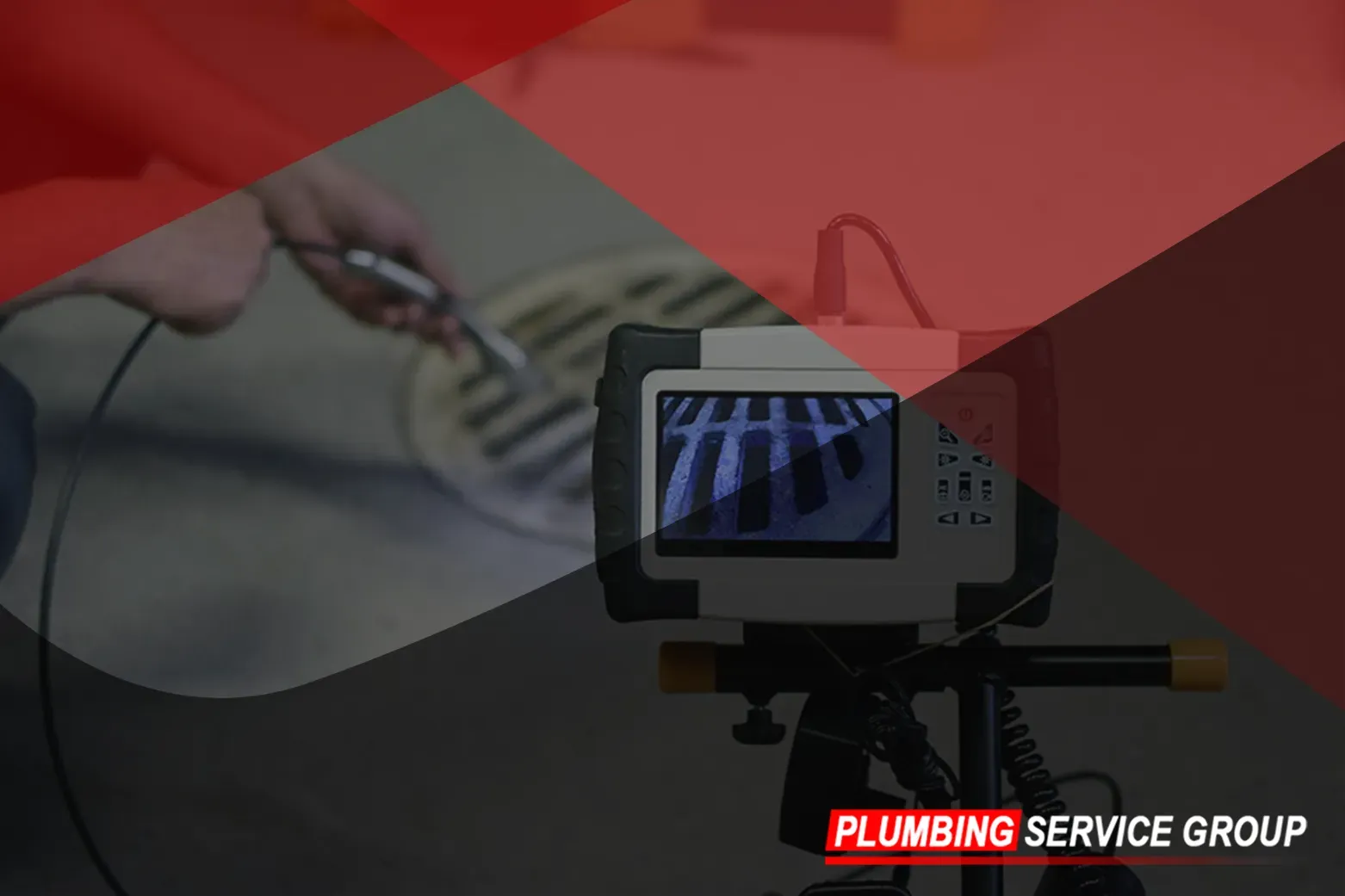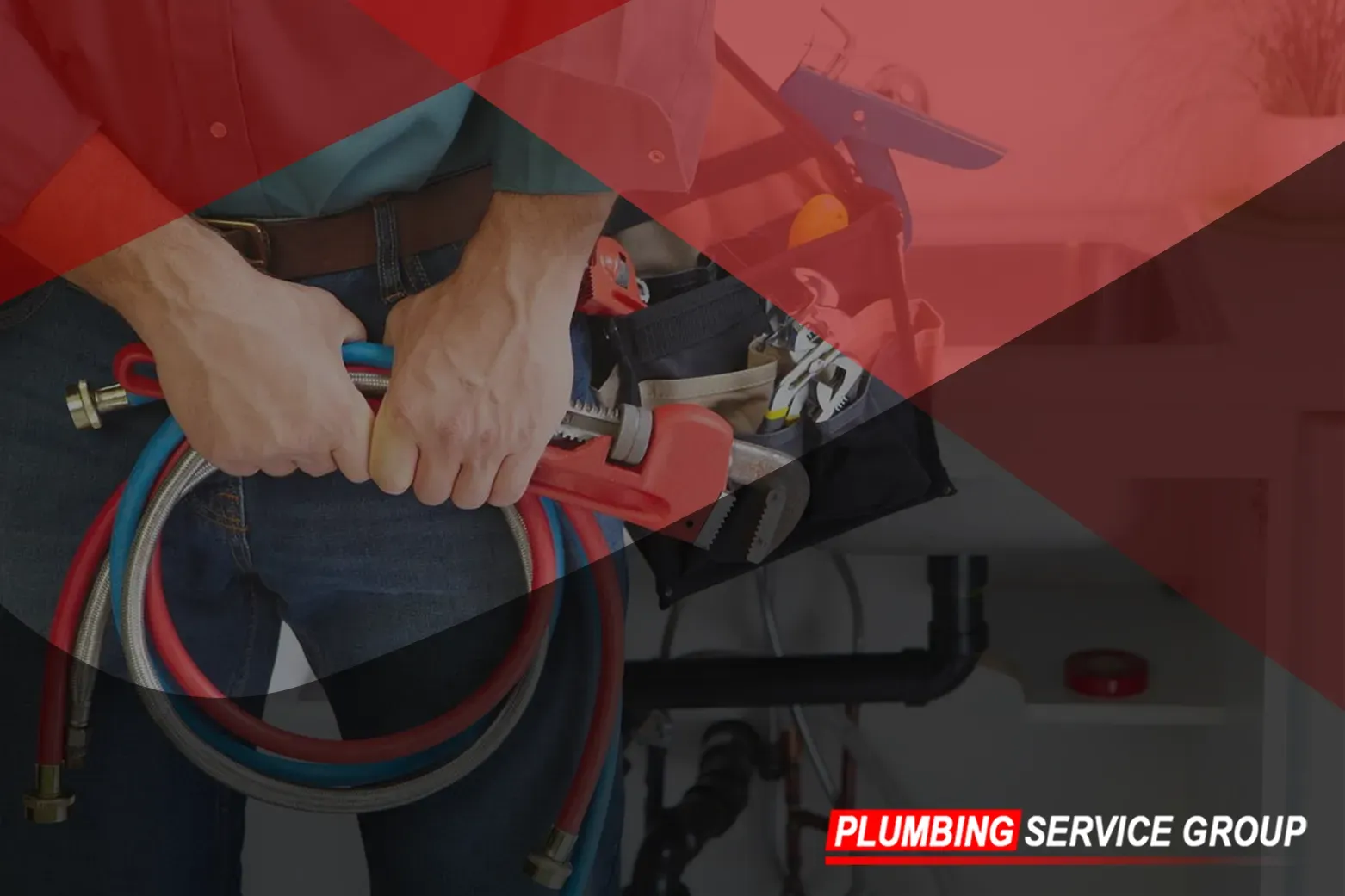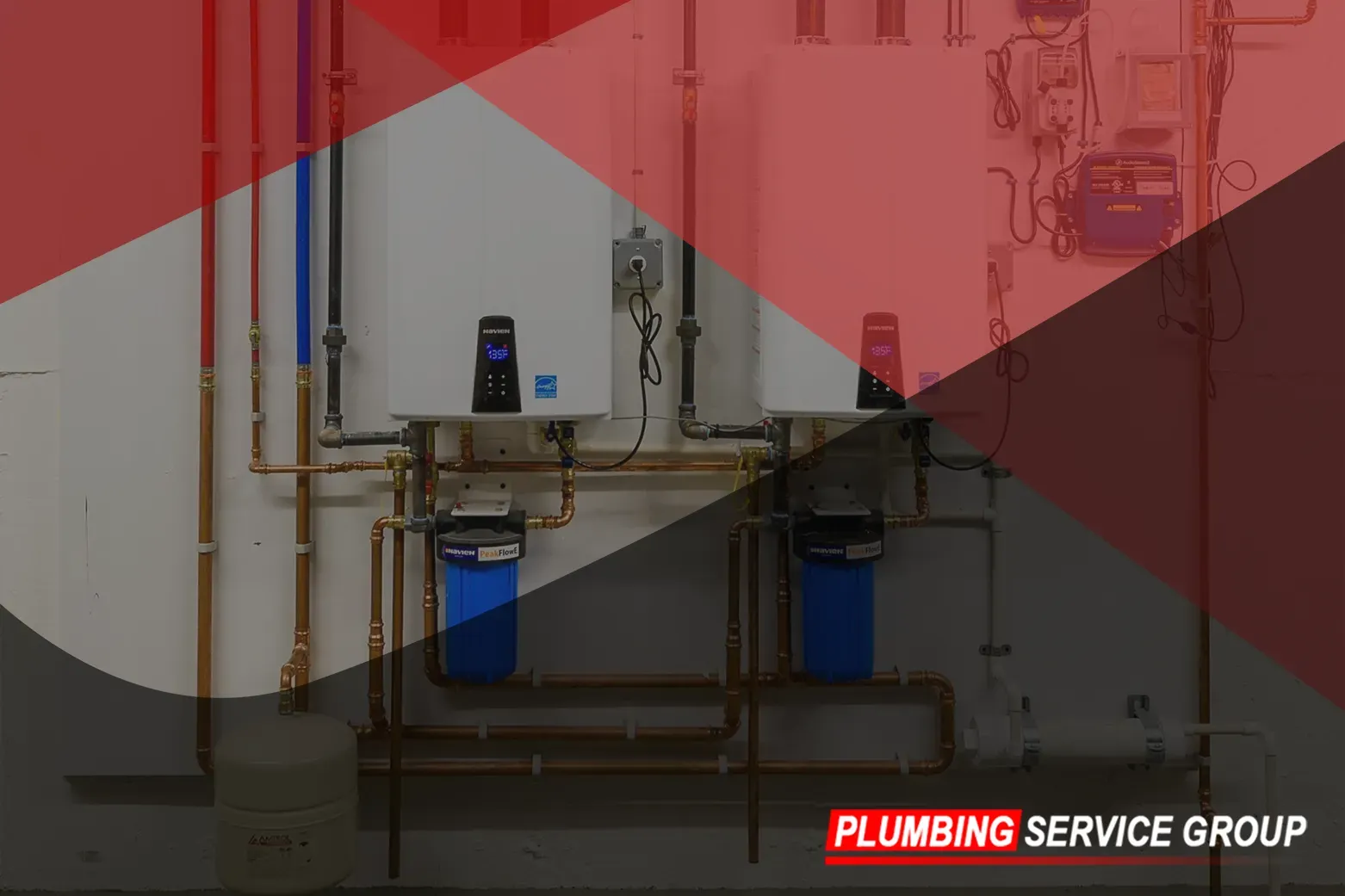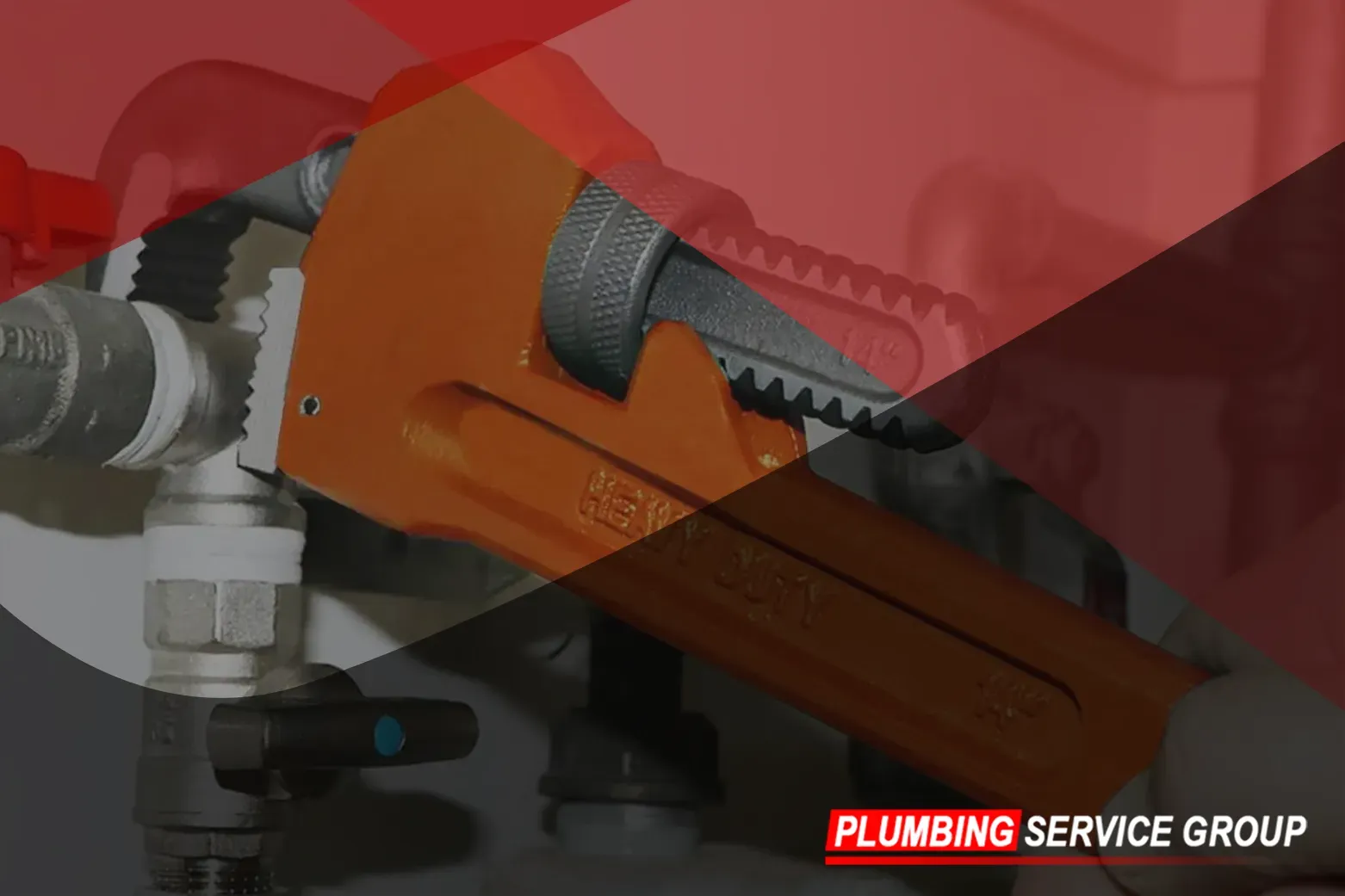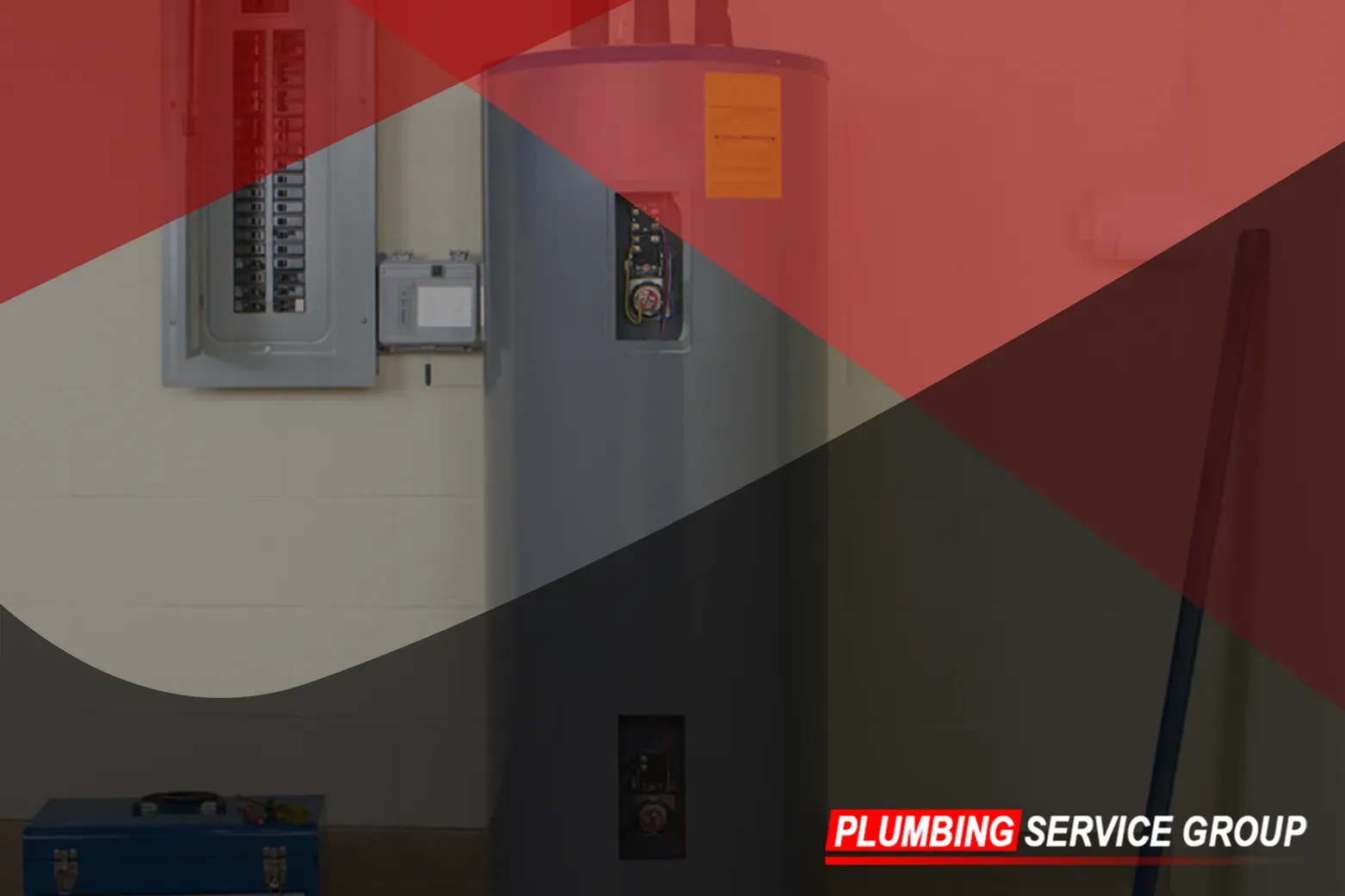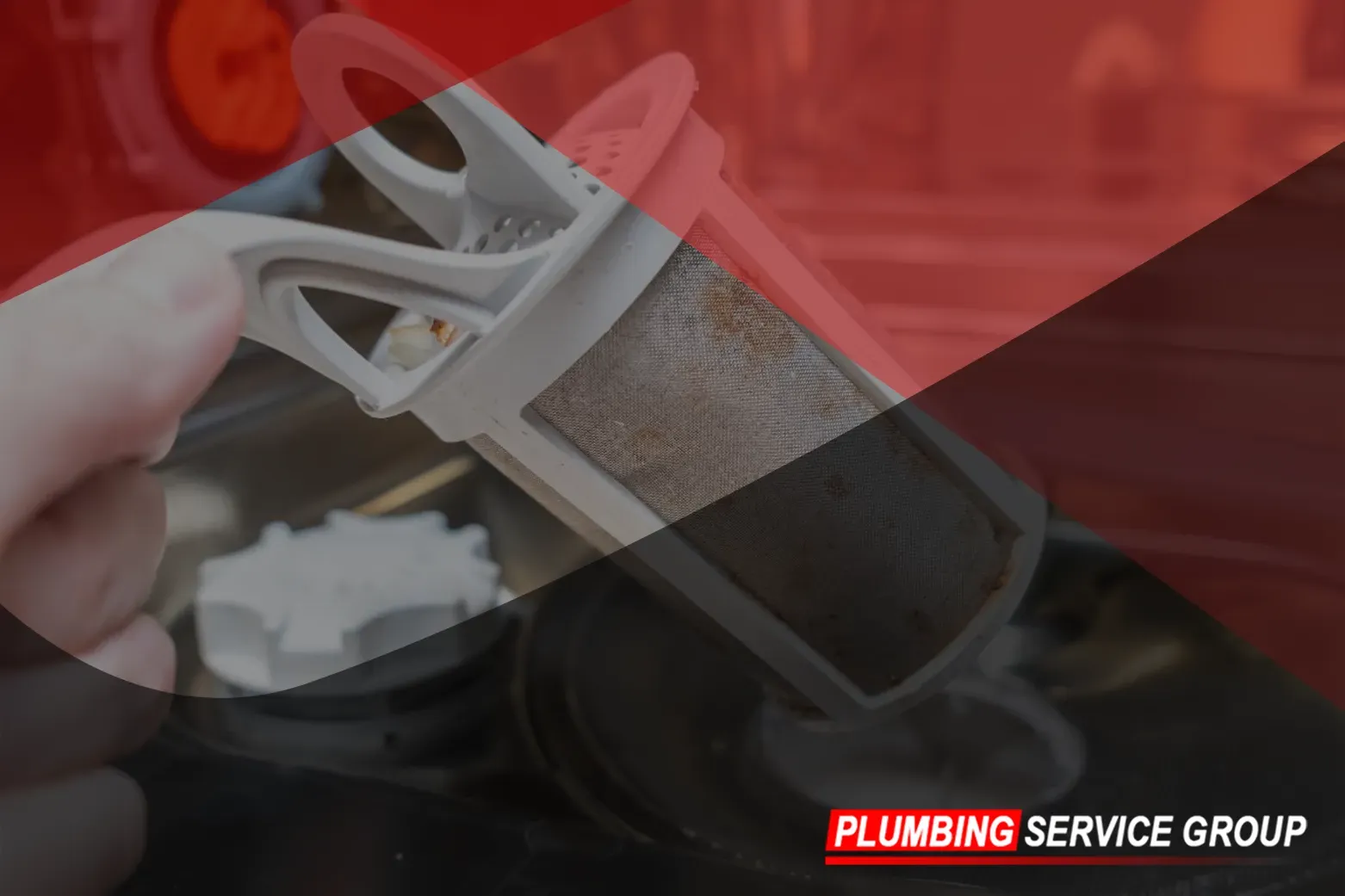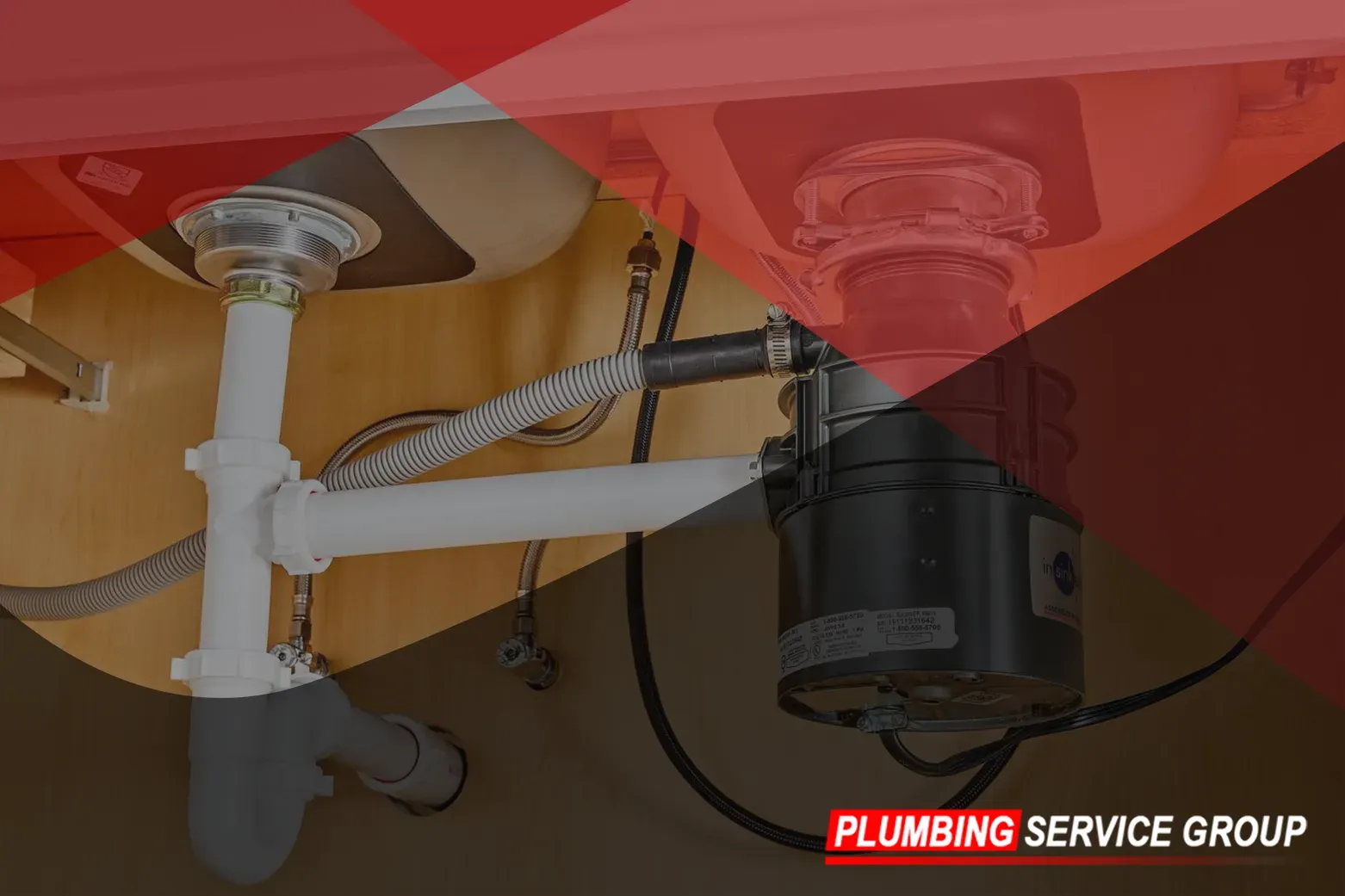Get in touch
555-555-5555
mymail@mailservice.com
How to Plunge a Toilet?
Welcome to Plumbing Service Group's comprehensive guide on how to plunge a toilet like a pro! Dealing with a clogged toilet can be a stressful experience, but with the right technique and tools, you can quickly and effectively resolve the issue without the need for professional assistance. In this guide, we'll walk you through the step-by-step process of plunging a toilet to restore proper function and avoid costly plumbing repairs.
Step-by-Step Process
Step 1: Assess the Situation
Before diving into plunging, it's essential to assess the severity of the clog. If the water level in the toilet bowl is high and threatening to overflow, refrain from flushing again and proceed with caution. High water levels indicate a potentially severe clog that requires immediate attention to prevent messy and costly water damage. If the water level is low, you may attempt to flush once more to see if the clog clears on its own. However, if the water level remains unchanged or rises, it's best to proceed with plunging to avoid further complications.
Step 2: Gather Your Tools
To plunge a toilet effectively, you'll need a few essential tools:
Plunger: Use a high-quality, bell-shaped plunger with a flange at the bottom for a tight seal. This type of plunger is specifically designed for toilets and provides maximum suction power, making it easier to dislodge stubborn clogs.
Rubber Gloves: Protect your hands from coming into contact with potentially unsanitary water by wearing rubber gloves throughout the process. Safety and hygiene should always be a priority when dealing with plumbing issues.
Step 3: Position the Plunger
Place the plunger over the drain opening in the toilet bowl, ensuring that the rubber flange creates a tight seal around the opening. Position the plunger at an angle to allow for maximum coverage and suction. The plunger should be fully submerged in water to create a vacuum effect when you begin plunging, increasing the effectiveness of the process.
Step 4: Apply Firm Pressure
With the plunger in position, begin plunging by applying firm, rhythmic pressure downwards and then upwards. The goal is to create a suction that dislodges the clog and allows it to move through the drain pipe. Use your body weight to generate force while maintaining a steady grip on the plunger handle. Continue plunging vigorously for about 20-30 seconds, taking care not to break the seal between the plunger and the drain opening, as this could compromise suction power.
Step 5: Check for Drainage
After plunging for a few seconds, carefully remove the plunger and check to see if the water begins to drain from the toilet bowl. If the water level starts to recede, it indicates that the clog has been successfully cleared. However, if the water level remains unchanged or rises, repeat the plunging process several times until the clog is dislodged and the water drains freely. Patience and persistence are key when dealing with stubborn clogs, so don't be discouraged if it takes multiple attempts to achieve success.
Step 6: Test the Flush
Once the clog has been cleared, flush the toilet to ensure that water flows smoothly down the drain without any backup or overflow. Observe the flushing action to confirm that the water drains away quickly and efficiently. If the toilet flushes normally and the water level remains stable, congratulations – you've successfully plunged your toilet! If you encounter any issues during the flushing process, such as slow drainage or unusual sounds, it may indicate underlying plumbing problems that require further attention from a professional plumber.
With this step-by-step guide from Plumbing Service Group, you can confidently tackle toilet clogs like a seasoned pro. Remember to exercise caution and patience during the plunging process, and don't hesitate to contact us if you encounter any difficulties or persistent clogs. Our team of plumbing experts is always here to provide assistance and ensure your plumbing system remains in top condition. Happy plunging!
Office
Email us
Call us
All Rights Reserved | Plumbing Service Group

